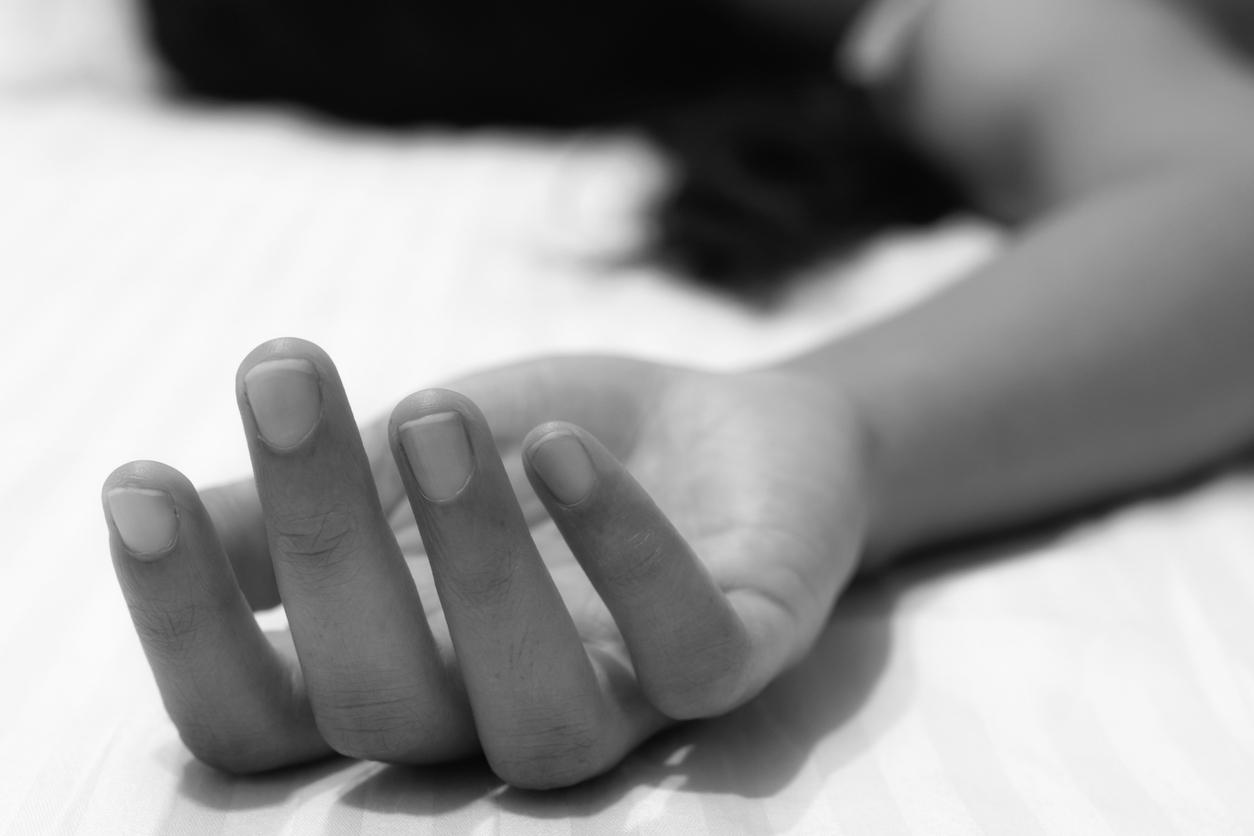Sensors capable of analyzing speed and stride length could predict the risk of falls in seniors within three weeks, depending on the results of a study published in the Western Journal of Nursing Research. An effective prevention tool to fight against one of the most frequent dangers to the health of the elderly.
Predicting the risk of falls to improve the health of seniors
Researchers at the University of Missouri-Columbia in the United States have developed sensors that measure gait speed and stride length to predict the risk of falls. This technology can help healthcare professionals detect changes and intervene before a fall occurs within three weeks. A solution for the millions of people, especially those 65 and over, who suffer from these falls which can be serious, leading to fractures, head trauma, hospitalizations and even death.
To predict falls, the researchers used data collected from sensor systems at a nursing home for the elderly. The system generated images and an alert message for nurses indicating when irregular movement was detected.
The results of their experiment showed that a decrease in walking speed of 5 centimeters per second is associated with an 86% risk of falling in the next 3 weeks.
Scientists have also observed that shortening stride length is linked to a 50% risk of falling, also within 3 weeks.
“We have developed a sensing system that can measure walking trends around the house, including walking speed and stride length,” said Marjorie Skubic, university director and professor of electrical engineering. and informatics. “Evaluating these functions improves coordinated health care for seniors“
Read also:
Dogs, a health remedy for seniors?
Physical activity is good for memory
Seniors: 15 minutes of sport per day is sufficient


















